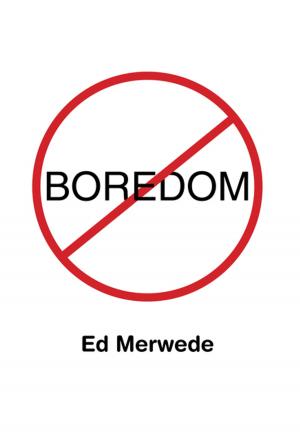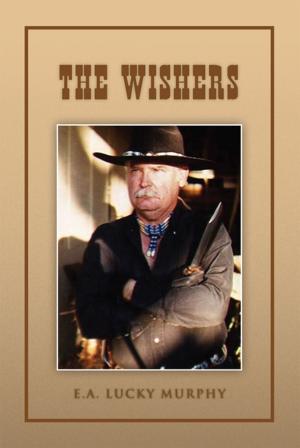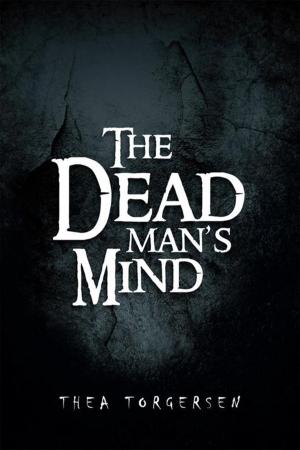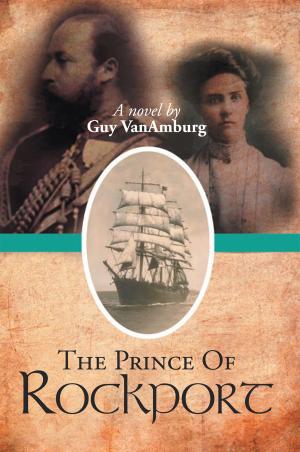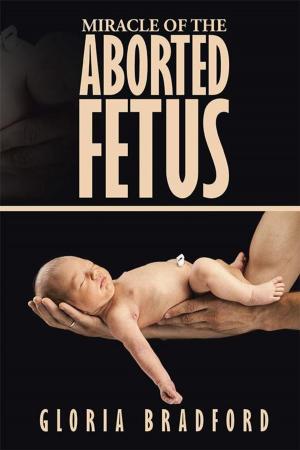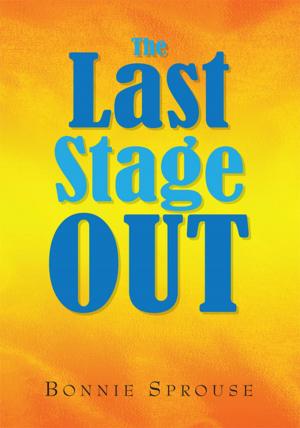| Author: | Julius Getman | ISBN: | 9781465327697 |
| Publisher: | Xlibris US | Publication: | March 29, 2006 |
| Imprint: | Xlibris US | Language: | English |
| Author: | Julius Getman |
| ISBN: | 9781465327697 |
| Publisher: | Xlibris US |
| Publication: | March 29, 2006 |
| Imprint: | Xlibris US |
| Language: | English |
This book tells the story of a strike by paperworkers against the Consolidated Paper Company. The strike comes about because the company, led by a new, anti-union CEO, decides to get rid of its union. The company, during collective bargaining, demands major concessions and dares the union to strike. The union is not prepared to battle the wealthy, powerful company, but its members, although frightened, vote to strike in order to protect their jobs and lifestyles. Early in the strike, the company hires strikebreakers to permanently replace the strikers. Before its new CEO was hired, Consolidated Paper Company and the Papermakers Union had cooperative relations. The chief architect of the old policy was Tom Gilligan, Director of Labor Relations, who had been with the company for more than 40 years. Gilligan loves Consolidated Paper. He has summarily turned down lucrative offers from rivals. Gilligan is outraged by the new policy and considers quitting. Overcoming feelings of guilt, he decides to stay on. When the strike begins, the company seems headed for a quick victory, but the union, aided by Don Foreman, an activist labor organizer and veteran of the Civil Rights movement, surprises everyone with its solidarity and strength. It wins over a hostile press and forges alliances with students, churches, and environmental groups. It also enlists the towns political authority on its behalf. Consolidated Paper Company finds itself under pressure from environmental, liberal, and labor groups. Media accounts extol the solidarity of the union. George Watts, the new CEO, becomes furious at the advisors who told him the strike would be easily won. He authorizes Gilligan to negotiate a compromise settlement with the union. After a week of bargaining, the parties are on the verge of a fair settlement. Back at the picket line, a fight erupts between strikers and security guards taking replacement workers into the mill. The confrontation begins with threats and rock throwing. It escalates to gunfire. Edith Kent, a pregnant replacement worker, a decent woman and a good worker, is killed. The fallout from the killing dooms the strike. The strikers are demoralized. The union loses support and is forced to give up the strike. The local district attorney resists political pressure to indict the locals leaders. He brings charges only against the killer and only for involuntary manslaughter. But the death of Edith Kent becomes a rallying cry for anti-union groups. As pressure for action builds, the politically ambitious U.S. Attorney indicts three union leaders, including the local union president, for conspiracy under the RICO statute. The U.S. Attorney is quite skillful and the trial is going badly for the defendants, especially when their expert, a Yale law professor, is shown to have no practical knowledge of strikes. In desperation, the union business leader calls Thomas Gilligan, who agrees to testify as a defense witness. His testimony costs him his position, but leads to the acquittal of the strikers. The ending is far from a happy one though, because the strike is lost, the community almost destroyed, and Gilligan gives up a job he loves. The story is told from a variety of perspectives, including Gilligans. The other individual stories include: 1. Jordan Marcon, a third-generation papermaker and born-again Christian. He is faced with ruin because of his wifes cancer. The union offers to give him special help, but he decides, after seeing a vision, that Jesus wants him to reclaim his job. He crosses the picket line and becomes a hated man in the community. 2. Travis Green, an African-American replacement worker. He is a good worker and a fair-minded man who seeks to better himself. He tries but cannot avoid becoming engulfed in the hatred brought on by the strike. 3. Bill Samson, local union president. He is a decent, tough man, not very intellectual or ideological. He realizes that in order to lead the strike success
This book tells the story of a strike by paperworkers against the Consolidated Paper Company. The strike comes about because the company, led by a new, anti-union CEO, decides to get rid of its union. The company, during collective bargaining, demands major concessions and dares the union to strike. The union is not prepared to battle the wealthy, powerful company, but its members, although frightened, vote to strike in order to protect their jobs and lifestyles. Early in the strike, the company hires strikebreakers to permanently replace the strikers. Before its new CEO was hired, Consolidated Paper Company and the Papermakers Union had cooperative relations. The chief architect of the old policy was Tom Gilligan, Director of Labor Relations, who had been with the company for more than 40 years. Gilligan loves Consolidated Paper. He has summarily turned down lucrative offers from rivals. Gilligan is outraged by the new policy and considers quitting. Overcoming feelings of guilt, he decides to stay on. When the strike begins, the company seems headed for a quick victory, but the union, aided by Don Foreman, an activist labor organizer and veteran of the Civil Rights movement, surprises everyone with its solidarity and strength. It wins over a hostile press and forges alliances with students, churches, and environmental groups. It also enlists the towns political authority on its behalf. Consolidated Paper Company finds itself under pressure from environmental, liberal, and labor groups. Media accounts extol the solidarity of the union. George Watts, the new CEO, becomes furious at the advisors who told him the strike would be easily won. He authorizes Gilligan to negotiate a compromise settlement with the union. After a week of bargaining, the parties are on the verge of a fair settlement. Back at the picket line, a fight erupts between strikers and security guards taking replacement workers into the mill. The confrontation begins with threats and rock throwing. It escalates to gunfire. Edith Kent, a pregnant replacement worker, a decent woman and a good worker, is killed. The fallout from the killing dooms the strike. The strikers are demoralized. The union loses support and is forced to give up the strike. The local district attorney resists political pressure to indict the locals leaders. He brings charges only against the killer and only for involuntary manslaughter. But the death of Edith Kent becomes a rallying cry for anti-union groups. As pressure for action builds, the politically ambitious U.S. Attorney indicts three union leaders, including the local union president, for conspiracy under the RICO statute. The U.S. Attorney is quite skillful and the trial is going badly for the defendants, especially when their expert, a Yale law professor, is shown to have no practical knowledge of strikes. In desperation, the union business leader calls Thomas Gilligan, who agrees to testify as a defense witness. His testimony costs him his position, but leads to the acquittal of the strikers. The ending is far from a happy one though, because the strike is lost, the community almost destroyed, and Gilligan gives up a job he loves. The story is told from a variety of perspectives, including Gilligans. The other individual stories include: 1. Jordan Marcon, a third-generation papermaker and born-again Christian. He is faced with ruin because of his wifes cancer. The union offers to give him special help, but he decides, after seeing a vision, that Jesus wants him to reclaim his job. He crosses the picket line and becomes a hated man in the community. 2. Travis Green, an African-American replacement worker. He is a good worker and a fair-minded man who seeks to better himself. He tries but cannot avoid becoming engulfed in the hatred brought on by the strike. 3. Bill Samson, local union president. He is a decent, tough man, not very intellectual or ideological. He realizes that in order to lead the strike success

